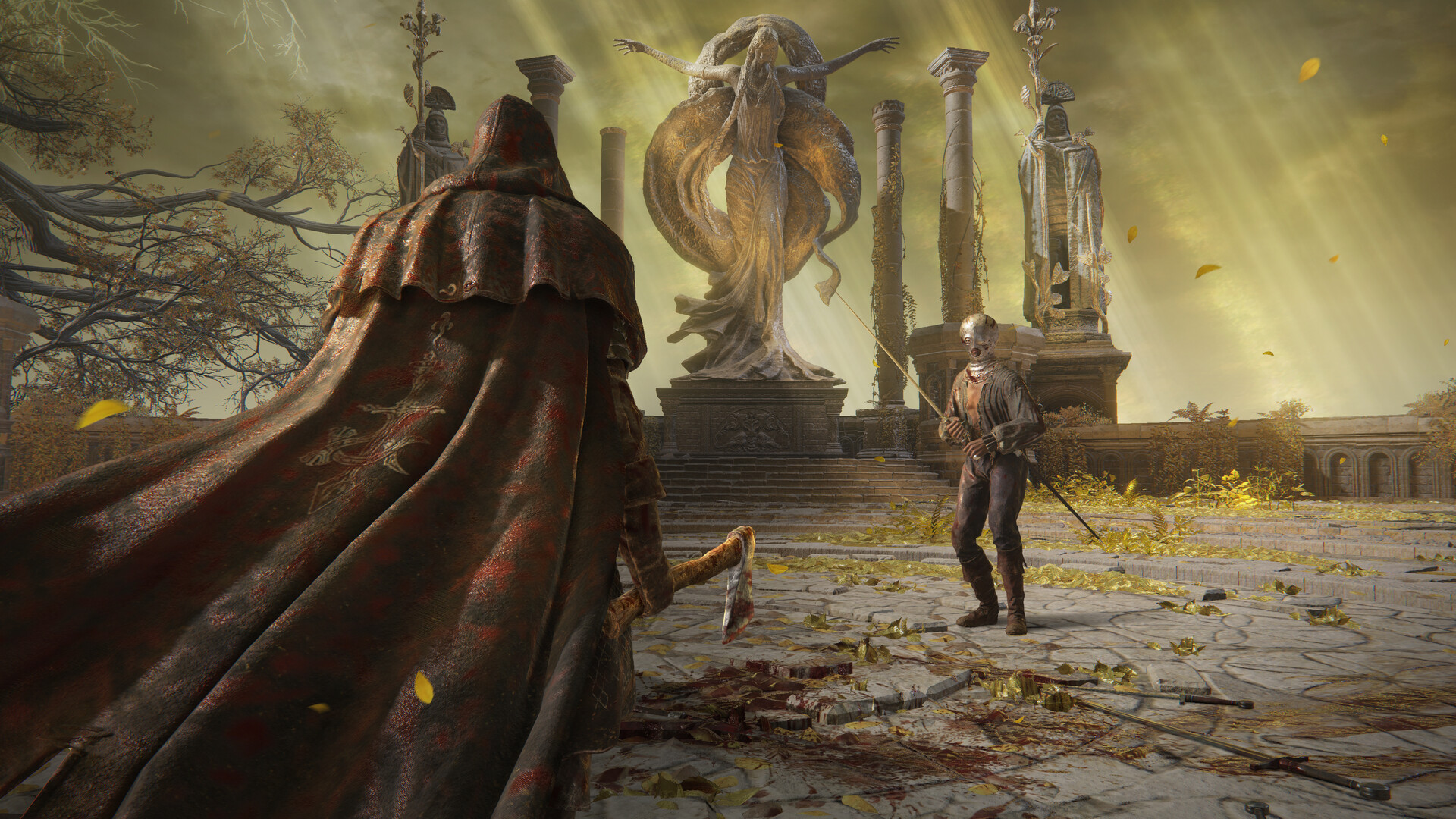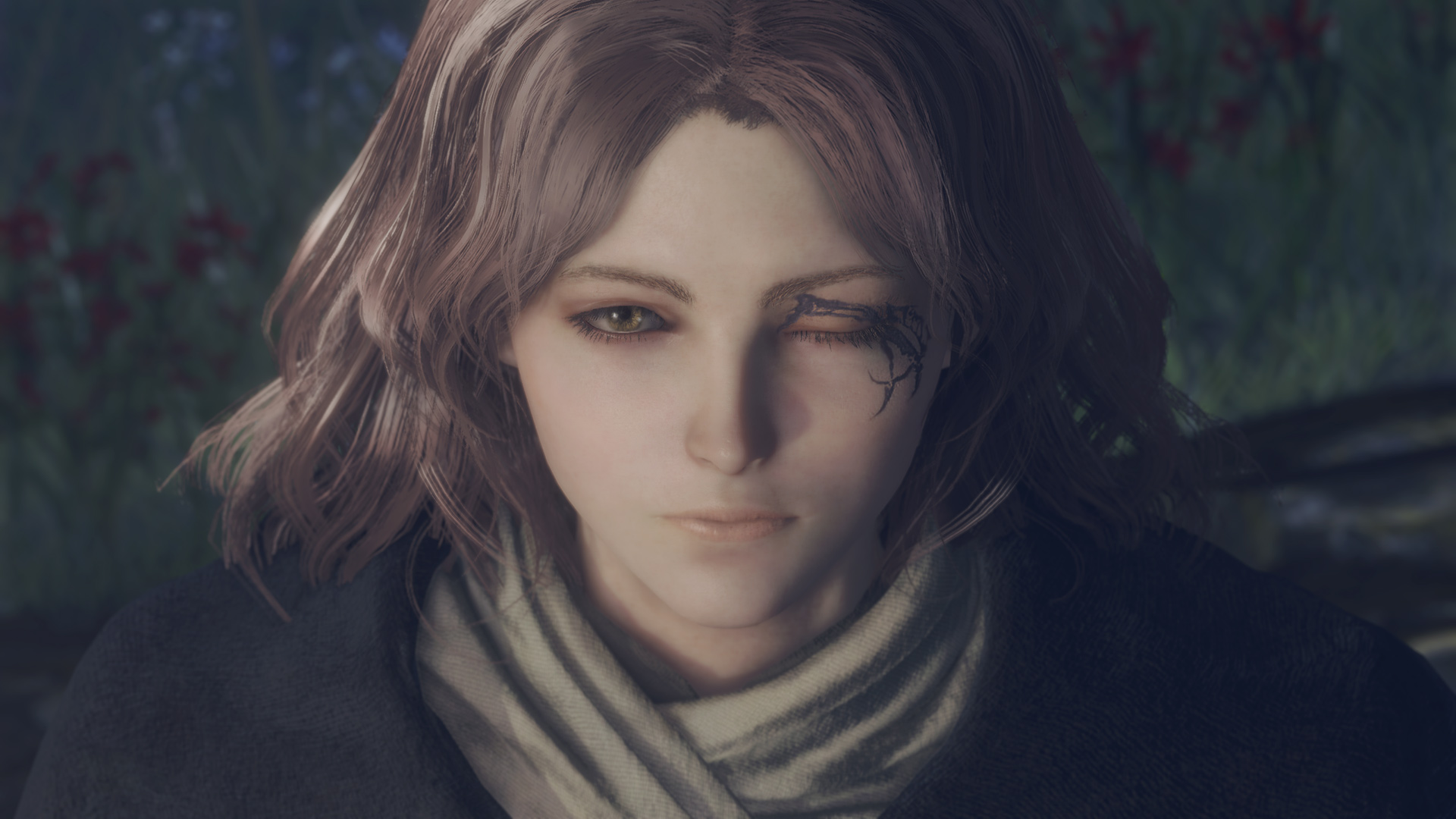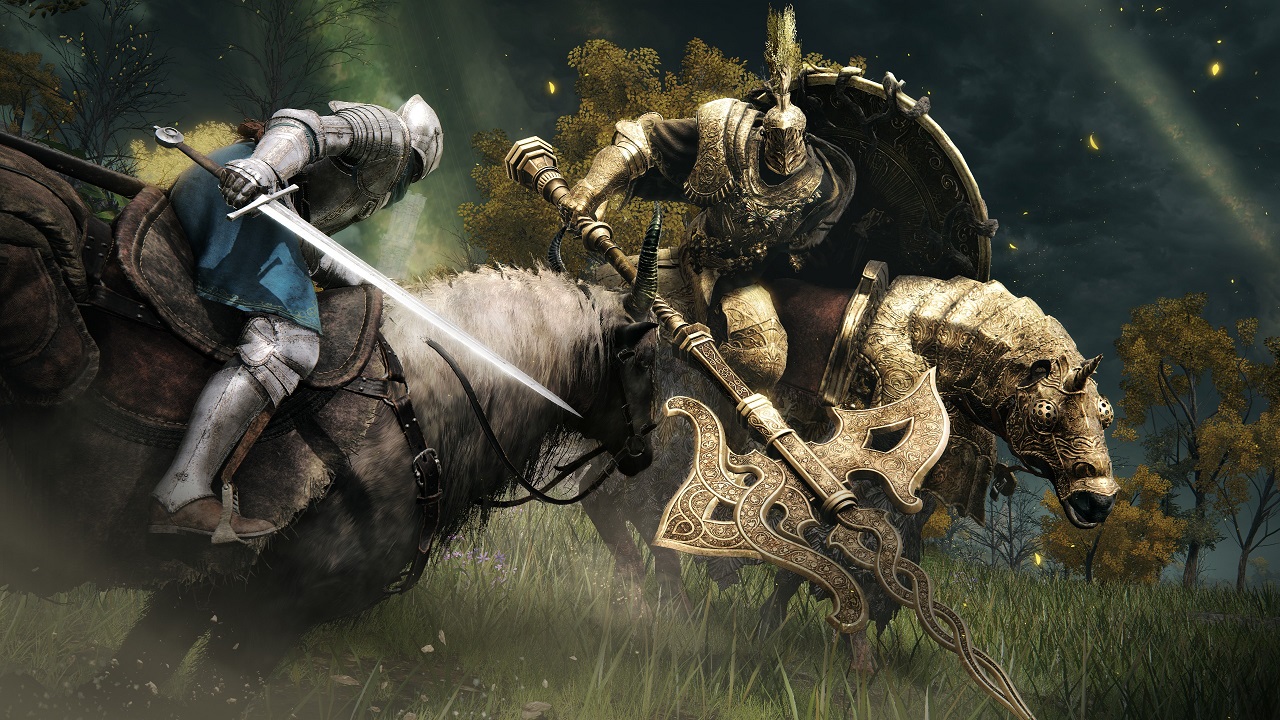- Elden Ring’s open world has become its defining element.
- It offers more freedom than any other game I can think of.
- While some may feel it is too non-linear, I find it has the perfect balance of linearity and non-linearity.
Developer Hidetaka Miyazaki has brought to life an entirely new genre of games after his obsession with meticulously crafted environments, challenging combat, and worlds fleshed out without the typical exposition dumps seen in most games.
Today, no gaming conversation is complete without FromSoftware’s Souls titles, and this influence is echoed throughout the industry after Elden Ring sold 20 million units, becoming the developer’s biggest hit.
While FromSoftware fails to comprehend why exactly its latest release became so celebrated, those who have played the game can’t stop gushing over its combat, boss battles, and, most importantly, the open world.
For me, this open world truly stands in a league of its own. Having explored the never-ending vastness of The Witcher 3 and the detail-filled map of Red Dead Redemption 2, I find Elden Ring’s world unparalleled in its ability to evoke a sense of awe through sheer freedom and player agency.
Why it matters: I believe open-world games should feature maximum non-linearity, and Elden Ring does not disappoint in this regard.
Natural Progression For FromSoftware
FromSoftware’s games have always experimented with the idea of an open world, unwilling to fully commit to this format until 2022.
From Firelink Shrine, Dark Souls’ labyrinth-like hub of interconnected pitch-black caves, disturbing graveyards, and ghastly depths to the blood-soaked streets of Bloodborne’s Yharnam, the developer’s level design practically begged to be set loose.
I saw Elden Ring as the obvious next evolution for FromSoftware’s approach to world-building. With the studio always landing somewhere in the middle of linear and open-world games, later titles like Dark Souls 3 suffered from this approach, unable to hit the same bar set by the first game’s maze-like structure.
Fast-forward to 2022, and FromSoftware threw its old design philosophy out of the window. Gone were the days of linearity dictating the pacing and progression of gameplay, with the team placing freedom at the forefront of the experience.
No Hand Holding Allowed
This immediately made Elden Ring one of my favorite games in 2022.
From the get-go, FromSoftware made it clear that Limgrave and subsequent areas were all mine to explore, their enemies offering multiple ways of approach while a subtle guiding light lit the way to the main objective.
The game seldom stopped me from exploring. FromSoftware’s open world embraced freedom in a way that I had rarely seen in other games, changing my perception of the genre at its core.
Getting lost in Elden Ring, while frustrating, comes with its own set of rewards. Going off the beaten path is highly encouraged, leading to unique encounters in uncharted territory.
Elden Ring’s freedom is complemented by its decision to let players absorb things at their own pace. Superfluous UI elements, maps filled with markers, and generic outposts reminiscent of a formulaic open-world experience are nowhere to be found.
The game trusts you to figure your way around its open world, making it extremely gratifying and enjoyable to accomplish the daunting task of navigating FromSoftware’s biggest map yet.
Balancing Linearity and Non-Linearity
With Elden Ring’s map being an open book at its core, the game ran the risk of sacrificing pacing and structure in pursuit of unparalleled freedom. Avoiding this risk required careful roadblocks, often masked as story beats and difficulty spikes.
Accessing parts of the map, like the Grand Lift, requires specific items like the right and left Dectus Medallion. Elsewhere, certain bosses present such an overpowering challenge that players are quickly overwhelmed and change course to prepare for the encounter.
I found such decisions helped FromSoftware retain much of the DNA of its linear levels from Dark Souls and Bloodborne without sacrificing the ultimate goal of a massive open map.
Apart from Elden Ring’s main draw, FromSoftware’s brilliance as game designers shines in all other elements.
Dark Souls’ core combat, through years of refinement and fine-tuning, is the best this studio has ever produced. Builds are varied and complex, and the bosses are larger than life.
All of this and more is why I find myself constantly returning to Elden Ring after having poured hours upon hours into the game since its launch.
For the developer’s first attempt at this genre, this open world exudes confident game design through and through, making it the undisputed Game of the Year of 2022 for me and millions of FromSoftware fans.
Thank you! Please share your positive feedback. 🔋
How could we improve this post? Please Help us. 😔
Moiz Banoori, with a decade of experience in gaming and tech journalism and a degree in journalism, is a notable figure in the industry. He has contributed to various esteemed platforms, showcasing his expertise in both reporting and opinion writing.







